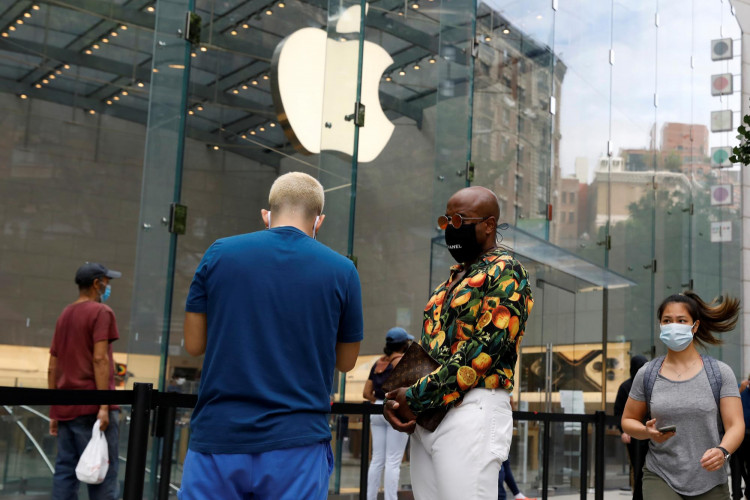Predicted by health experts, the United States is now being assailed by a huge spike in daily COVID-19 cases -- more than 30,000 on Friday alone and the highest since May 1 -- as a result of most states hastily re-opening their economies for business starting late May.
More worrying to health experts than the massive jump in new cases is data indicating the increases are occurring faster than ever. This accelerated pace of infections especially holds true in states in the South, West and Midwest.
This means a shift away from densely populated northeastern states such as New York and New Jersey, which were once the epicenters of the U.S. outbreak, to the more sparsely populated states further south and west.
Arizona, Florida, Nevada, South Carolina, as well as California revealed record-high single-day increases in COVID-19 infections. Florida alone reported 4,049 new cases Saturday, which broke another single-day record in the state for a third consecutive day.
Before the new numbers for Saturday were reported, Friday saw the largest single-day jump of COVID-19 cases with 3,822. New cases saw the largest spike Thursday at 3,207. Thursday was also the first time Florida had seen a case number higher than 3,000 in a single day.
There are a total of 93,797 cases reported in Florida as of Saturday. Florida now reports a positivity rate of more than 12%. Over the last two weeks, the positivity rate ranged from 3% to 12%.
The positivity rate refers to the percentage of positive tests among screened individuals. A high positivity rate means a state isn't testing widely enough to know how much of the virus is spreading within its communities. On the other hand, a low positivity rate is a sign a state has sufficient testing capacity for the size of their outbreak. It also means a state is testing enough of its population to make informed decisions about reopening.
Florida will likely replace New York as the newest COVID-19 hotspot in the country. Its latest positivity figure stood at 12%, according to the Florida Department of Health (DOH). Florida was one of the last states to impose stay-at-home restrictions and one of the first to lift them.
Gov. Ron De Santis (R), a Trump follower, attributes these successive spikes to increased testing, which isn't accurate since hospitalizations are also increasing. Hospitalizations indicate new cases are being discovered, however.
Also alarming in some states is a spike in positivity rates. The latest data shows positivity rates in excess of 10% in five states: Arizona (17%), Alabama (12%), Washington State (11%), South Carolina (10%) and Florida (12%). A dozen other states had positivity rate averaging 7.5%, including Utah, Texas, Mississippi and Georgia.
Some individual states such as Arizona are emerging as candidates for a future COVID-19 epicenter. Arizona reported a record 3,246 new infections over the previous 24 hours, or almost twice the number recorded Wednesday. Its latest single-day positivity rate came to 18.6% from Thursday.






